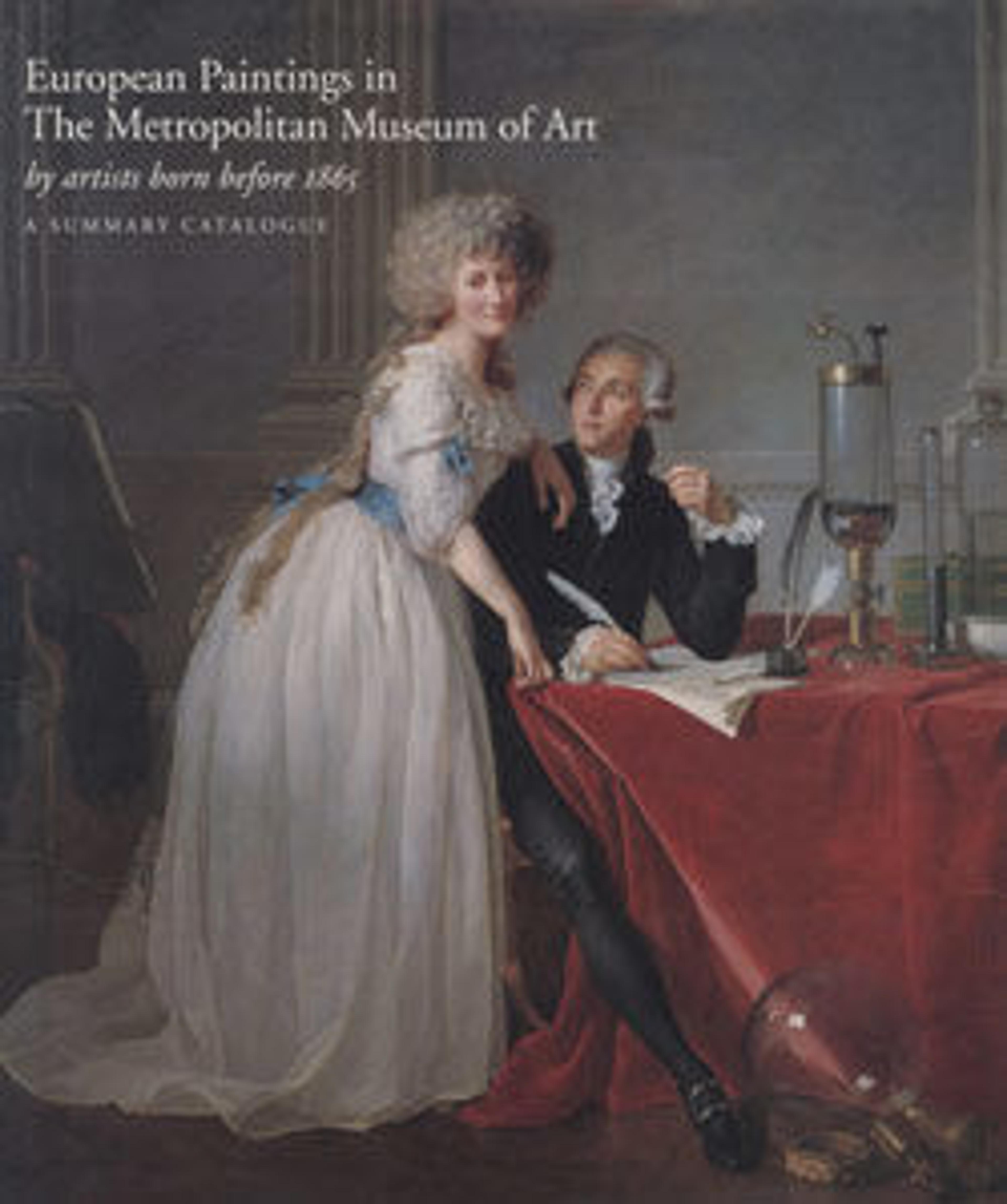The Adoration of the Magi
Giovanni di Paolo’s talents as a miniaturist are seen to advantage in this enchanting painting from the base (predella) of an altarpiece. The artist gives the story a distinctly human touch: the young king congratulates the aged Joseph while the middle-aged king doffs his crown. For more information about this painting, and other panels from the altarpiece, visit its collection record at The Met website.
This painting was seized by the Nazis from the collection of Oscar Bondy (1870–1944) in 1938 and was restituted to his widow, Elisabeth Bondy, by 1949.
This painting was seized by the Nazis from the collection of Oscar Bondy (1870–1944) in 1938 and was restituted to his widow, Elisabeth Bondy, by 1949.
Artwork Details
- Title:The Adoration of the Magi
- Artist:Giovanni di Paolo (Giovanni di Paolo di Grazia) (Italian, Siena 1398–1482 Siena)
- Date:ca. 1460
- Medium:Tempera and gold on wood
- Dimensions:10 5/8 x 9 1/8 in. (27 x 23.2 cm)
- Classification:Paintings
- Credit Line:The Jack and Belle Linsky Collection, 1982
- Object Number:1982.60.4
- Curatorial Department: European Paintings
More Artwork
Research Resources
The Met provides unparalleled resources for research and welcomes an international community of students and scholars. The Met's Open Access API is where creators and researchers can connect to the The Met collection. Open Access data and public domain images are available for unrestricted commercial and noncommercial use without permission or fee.
To request images under copyright and other restrictions, please use this Image Request form.
Feedback
We continue to research and examine historical and cultural context for objects in The Met collection. If you have comments or questions about this object record, please contact us using the form below. The Museum looks forward to receiving your comments.
